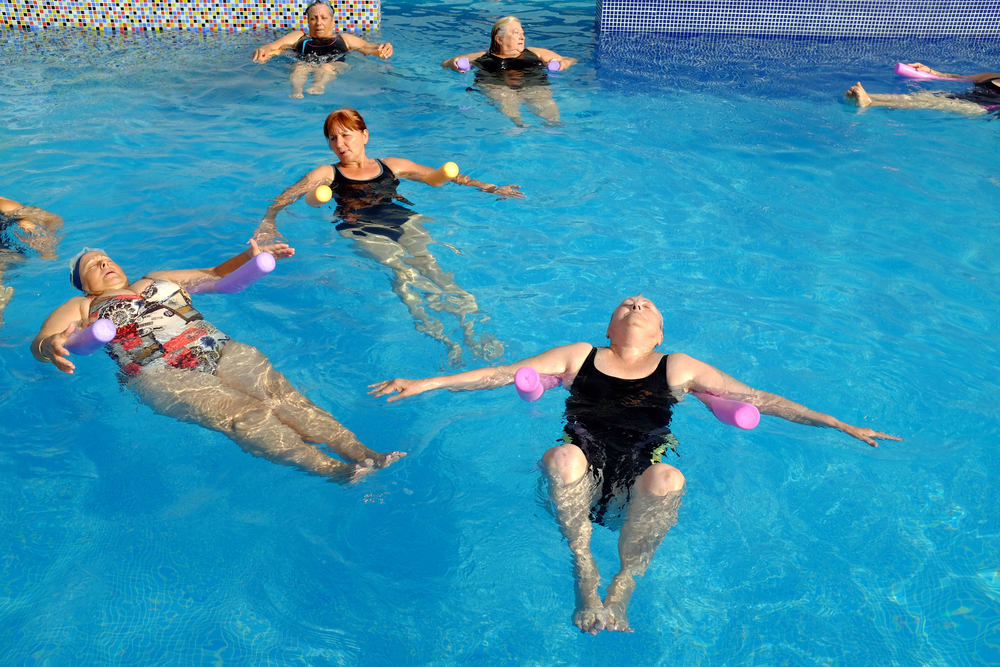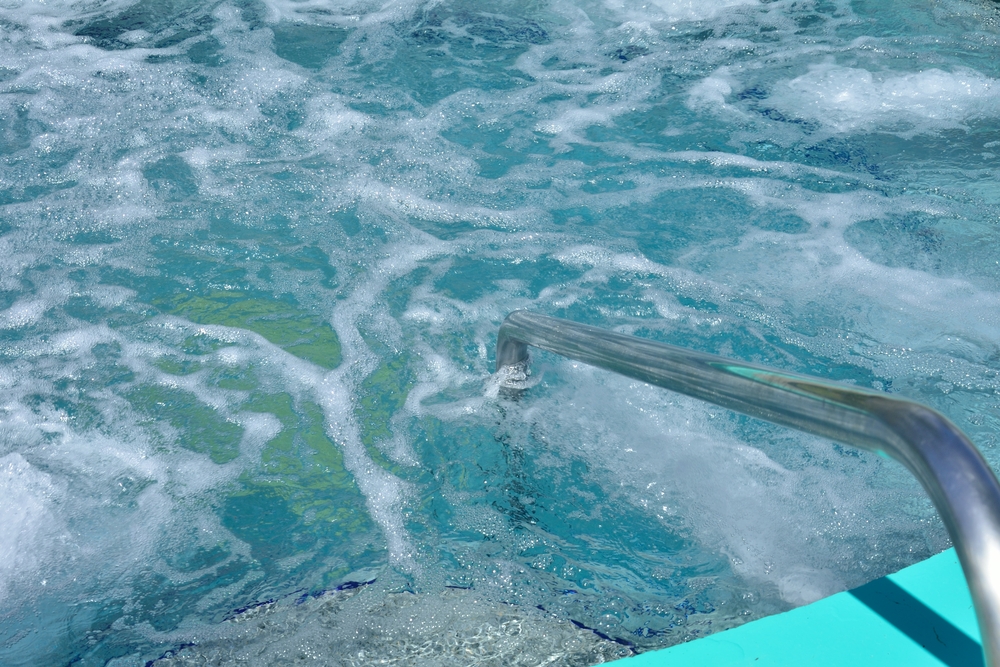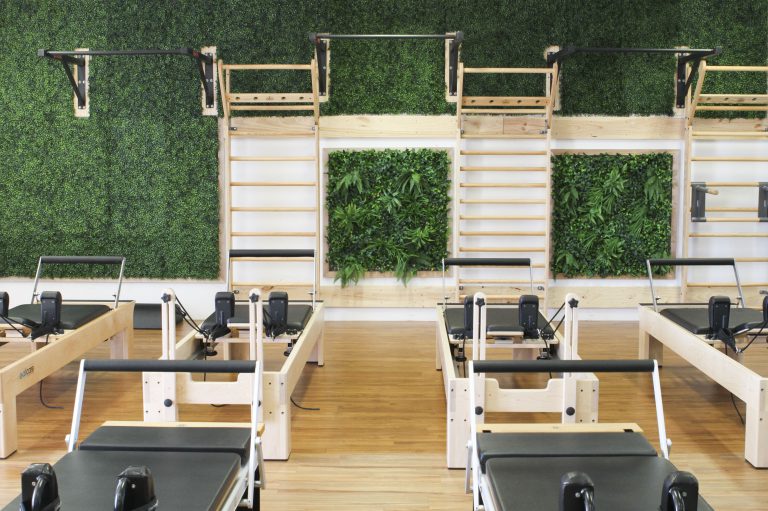Has pain been holding you back with your current land-based program and not sure what to try next?
As summer is currently here, there is no better time to consider hydrotherapy as part of your regular exercise or rehabilitation program. This blog is your information guide to hydrotherapy to see if it is right for you.
What exactly is Hydrotherapy?
Hydrotherapy known to many people as water-based rehabilitation or aquatic exercise using temperature-controlled environment. It is one therapeutic treatment we offer all our patients here at Ellenbrook Physiotherapy as part of their journey in reaching their functional goals. An assortment of various exercises can be performed in the water to achieve these benefits, some as simple as walking and functional movements such as squatting and lunging which currently you may have been struggling with due to pain. You do not need to have any experience in swimming as the pool in which we operate from is at a depth suitable for almost all heights. Our sessions are run by one our experienced physiotherapists who will individually tailor an exercise program based on your needs.
Land vs Water, what are the benefits?
There is no doubt that exercising on land (and really any form of exercise in that case) is good for you! However, for various reasons this is not always possible, this is where hydrotherapy can really be beneficial.
1) Buoyancy is the opposite to gravity.

Buoyancy is the upward force provided to your body when immersed in water. This means that the water takes your weight and reduces the effects of gravity on your body. Buoyancy as a result reduces weightbearing stresses placed on the body. This is greatly beneficial when it comes to rehabilitating from an injury or as an early post-surgical intervention. Starting in the deep end will allow for maximum weightbearing stresses to be reduced. When progression for exercises is suitable, moving into the shallower end of the pool will allow for weight-bearing to be increased.
Moving in the same direction as the buoyant forces (ie towards the surface of the water) can also work to assist movement. For example, when trying to improve range of movement after shoulder surgery, it is much easier to lift your arm in a pool with the help of the water than to lift it against gravity. Being able to move with less pain means you will have better movement patterns and achieve greater benefit from your exercises.
2) Resistance.

Water has a higher resistance than air due to its density. This creates a perfect environment to strengthen and tone your muscles by just using your own body weight. Resistance in the water can be amplified further by two ways, by increasing the surface area adding noodles to exercises or by increasing the speed in which you are completing the exercise. This addition of resistance works as a nice progression for you later as you begin to power through your programs.
3) Hydrostatic pressure
Hydrostatic pressure provides a supportive environment for the body to exercise. When you are in the water there is a gentle pressure applied by the water to each body area. The pressure will increase the deeper you are in the water however at any given depth is equal. For example: if you are in the hydrotherapy pool after having a knee replacement, the hydrostatic pressure provides a gentle, even pressure around your knee which supports it through movement. Hydrostatic pressure also works to provide gentle compression which can help control swelling.
4) Turbulence

Turbulence in the water creates an unstable environment for your body when exercising, as a result challenging your stabilisation and core muscles. This is beneficial if you are having any difficulties with balance on land. This great also when having balance as a functional marker in your rehabilitation.
5) Temperature
There are added benefits to performing hydrotherapy in heated water as warmth helps to decrease muscle tension (leading to reduced muscle soreness, greater muscle extensibility and improved range of movement), improve blood circulation and has a pain-relieving effect. This also means that hydrotherapy can be accessible all year round.
Who is best suited for this type of exercise?
Hydrotherapy can help a wide range of acute and musculoskeletal, cardiovascular, and neurological conditions. Below is a list of some of the types of patients we see however hydrotherapy candidates are not limited to this.
- Osteoarthritis
- Rheumatoid Arthritis
- Fibromyalgia
- Common Musculoskeletal Pain eg. Low Back Pain
- Post-surgical eg. joint replacements, arthroscopies, joint reconstructions
- Cerebral Palsy
- Multiple Sclerosis
As with any exercise program it is important to get instruction and guidance, our Physiotherapists are happy to help answer any questions you have about Hydrotherapy and how it can be of benefit to you.
Unfortunately, Hydrotherapy is not recommended if you have / have had:
- Heart attack or unstable heart conditions
- Skin or wound infections
- Uncontrolled epilepsy
- Uncontrolled diabetes
- Incontinence
- Fever
- Recent neurological events
For more information regarding our hydrotherapy program, contact our clinic on 92971188.
Brooke Lavell
Physiotherapist


